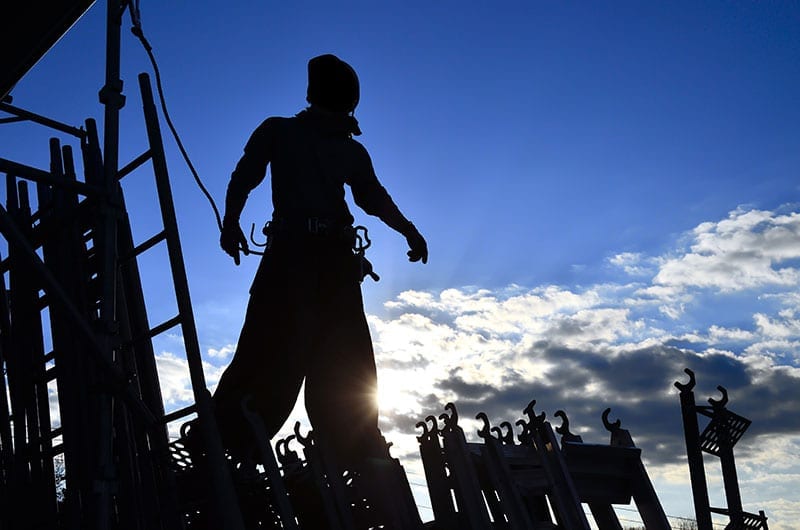13 Nov Construction Accidents/Injuries: What Is The “Scaffold Law”
Construction has one of the highest rates of on-the-job injuries. Not only is construction in and of itself dangerous (especially for roofers and iron/steel workers), there’s one component of the job which greatly exacerbates the danger of this profession: the pressure of the job itself. Construction workers are under a lot of pressure to finish their jobs on often unrealistic timetables. Also, regardless of their experience, many of their tasks are daunting. The high rate of injuries and deaths in construction led to the New York State’s labor laws.

What Is The “Scaffold Law”
The “Scaffold Law”, covered under sections 240/241 of the NYS Labor Law, presses “absolute liability” on contractors or property owners for elevation-related injuries in construction, generally nullifying any liability on behalf of the injured party. If a lawsuit is brought forth by a construction worker who is seriously injured in a fall (ie., from a scaffold) against a general contractor, even if the incident was partly the plaintiff’s fault, a general contractor will be held entirely responsible in a court of law. There is a push for reform. Some argue that the current standard of “absolute liability” should be replaced with “comparative negligence”, which gives general contractors or property owners a chance to defend themselves in court. If this reform were to take place, liability of the plaintiff would be taken into account. The standard of comparative negligence is used in virtually every other area of our civil justice system. So why isn’t it employed in case law for construction accidents?
Why We’re Against Scaffold Law Reform
A construction worker can look at a scaffold and think to themselves “that doesn’t look sturdy, I don’t want to climb that.” Yes, they can express this feeling to their general contractor, but is it realistic for them to do so? They could be putting their job at risk, and the timetable pressed against them to get their tasks done also exacerbates the risk of accidents, particularly slips and falls. Even construction workers who have been in the profession for decades end up with work injuries that are partially their fault because of inequalities in the employer/employee relationship. Mistakes can be made over the very fact that these construction workers are being pressured by their employers to get jobs done quickly and without error. And these injuries can be catastrophic. We believe construction workers for these reasons deserve extra protection when it comes to work injuries, and the New York State labor laws afford them this extra protection.

